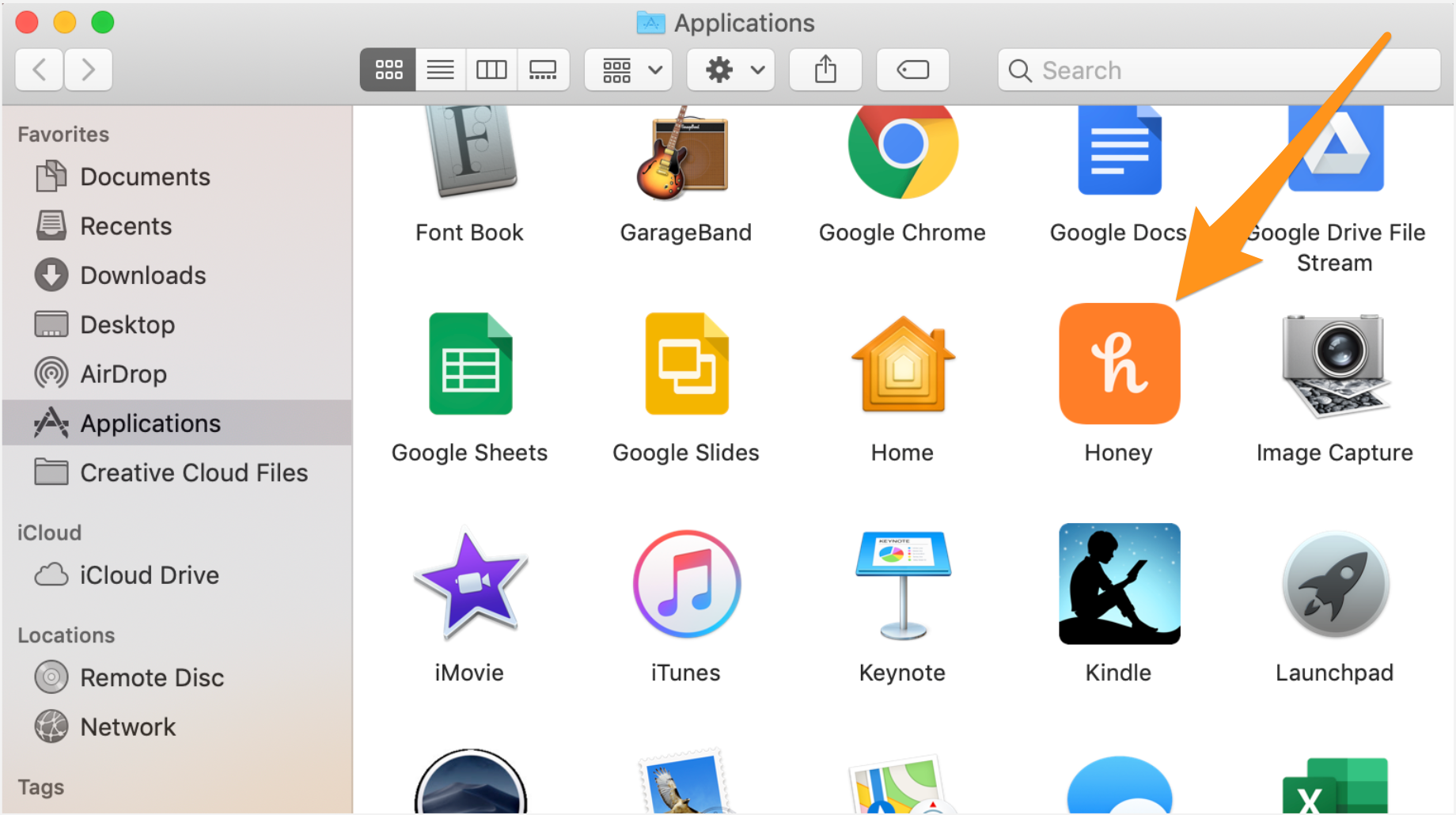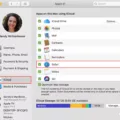Honey is a browser extension that makes it easier to shop online by automatically finding and applying coupon codes at checkout. It works with over 30,000 popular stores and provids users with exclusive savings on their purchases. However, if you no longer want to use Honey or if it is causing issues with your browser, you may want to uninstall it. Here’s how:
For Chrome:
1. Open the Chrome browser, click the three dots in the top right corner and choose More Tools > Extensions from the drop-down menu.
2. Find the Honey extension on the Extensions administration page and click Remove to uninstall it.
For Safari:
1. Launch Safari.
2. Click the Safari menu and choose Preferences.
3. Choose Extensions in the toolbar.
4. Select Honey in the sidebar.
5. Click Uninstall next to Honey in the main window.
6. Click Remove again when prompted for confirmation of removal of Honey from your computer/device’s memory banks.
Uninstalling Honey from your web browser should eliminate any problems you’re having with it or any conflicts with other extensions or websites you visit regularly but keep in mind that uninstalling it won’t delete your account or any data associated with it (i.e., accounts, settings, coupons). To completely remove Honey from your computer/device, you will need to delete both your account and all associated data from within the app itself befre uninstalling it from your web browser (as outlined above).

Uninstalling Honey
Yes, you can uninstall Honey from your Chrome browser. To do so, open the Chrome browser, click the three dots in the top right corner and choose More Tools > Extensions from the drop-down menu. Find the Honey extension on the Extensions administration page and click Remove to uninstall it.
Uninstalling Honey on Mac
To uninstall Honey on your Mac, follow tese steps:
1. Open the Finder window and go to Applications.
2. Find the Honey folder and drag it to the Trash.
3. In the Finder window, select Go ? Go to Folder… from the menu bar at the top of your screen.
4. Copy and paste this line into the text box: ~/Library/Application Support/Honey
5. Click Go.
6. Drag all of the items in this folder to the Trash as well.
7. Empty your Trash by right-clicking on it and selecting Empty Trash from the resulting menu.
8. Finally, launch Safari and go to Safari ? Preferences ? Extensions to make sure that Honey has been removed from your list of extensions.
Removing Honey From Chrome
To remove Honey from Chrome, start by clicking on the three dots icon to the right of your toolbar. From there, select More Tools and then Extensions. You should then see an option to Remove under Honey. Click this button, and then click Remove again when prompted to do so. Once this is done, Honey should be removed from your Chrome browser.
Checking if Honey is Installed on My Computer
To know if Honey is installed on your computer, first open your web browser of choice (Chrome, Firefox, Opera, or Edge). Then look for an h icon in the upper right corner of your toolbar. If you see an orange h icon in the corner of your browser window, Honey is installed and supported on that shopping site. When you visit a site with coupons available through Honey, they will be illuminated in green so you can easily find them.
Disabling Honey on a Website
To disable the Honey extension on your website, you will need to contact Honey directly through their contact form. To do so, please provide the following information:
1. Your website URL
2. The reason why you would like to disable the extension
3. Any screenshots that could help explain your request
Once they receive your request, they will review it and respond accordingly. Please note that it may take some time for them to process your request depending on the volume of requests they receive. However, if you are still having trouble disabling the extension after following these steps, please reach out to their support team for further assistance.
Extracting Honey from Safari
To get Honey out of Safari, you will need to open your Safari Preferences by clicking on the Safari icon in the top left corner of your screen. Once you are in the Preferences menu, find the Extensions tab and click on it. Scroll down until you find the Honey extension and uncheck the box next to it. This will remove Honey from your browser and disable any associated features.
The Benefits of Using the Honey App for Chrome
Honey is a free browser extension for Google Chrome that helps you save money when shopping online. With just a few clicks, Honey can automatically find and apply coupon codes at checkout on thousands of popular sites. It can also alert you when prices drop on items you’ve added to your online shopping cart, so you never miss a deal. Plus, Honey has a rewards program where you can earn points for every purchase and redeem them for gift cards.
Removing Honey From a Phone
To remove the Honey app from your phone, you’ll need to first open the Settings menu on your phone. Locate and tap the Apps & Notifications option, whih should be located near the bottom of the list. You’ll then see a list of installed apps – scroll down until you find Honey and tap it. You should then see an Uninstall button – tap this and then confirm your choice when prompted to do so. After this is complete, Honey will be fully removed from your phone.
Conclusion
Honey is a browser extension that helps you save money by automatically finding and applying coupon codes to your online shopping. It can be used in Chrome, Firefox, Edge, Safari and Opera browsers and is free to use. Although Honey has many advantages such as providing discounts on purchases, notifying users when prices drop and providing cash back rewards, it also has some drawbacks such as potential privacy concerns and potential compatibility issues with some websites. Ultimately, whether or not Honey is right for you will depend on your individual needs.








